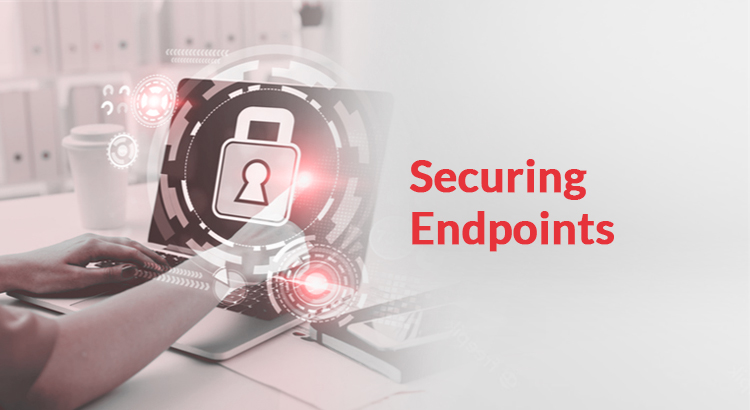Overview
Information security vulnerabilities have increased drastically due to alterations in work culture (organizations switching to hybrid setups) and the rapid digitalization of business processes—both for IT operations and IT administration. However, to allocate critical IT tasks and fasten day-to-day IT tasks, the number of end-users is growing exponentially. Endpoint privilege management, in this regard, remains a largely unattended area. Unmonitored and ungoverned endpoints invariably lead to misuse of endpoints, resulting in data breaches and data exfiltration.
In this blog, ARCON has identified the top three reasons why organizations must implement an endpoint privilege management (EPM) practice.
# Reason 1 – End-users having too much of privileged access
There are multiple users accessing multiple devices and applications every day for multiple IT tasks. Gone are the days when IT administrators used to count on reputed anti-virus software or firewalls to protect endpoints.
Today, IT threat patterns have changed, and if there are no time-based, role-based, or rule-based access mechanisms, business data privacy could be compromised. Moreover, excessive standing privileges intensify the risk because the “who is accessing what and when” question lingers large. As a result, the risks stemming from ‘always on’ privileges intensify.
So, how to control the over-privilege rights and monitor the end-user activities on a real-time basis?
Through the ARCON EPM platform, the IT administrators can not only onboard and profile the user identities and provision those identities for certain tasks (based on end user roles and responsibilities), but also quickly decide whether to provide access on a just-in-time (JIT) basis or reject it based on end user profiles.
Thus, application abuse, data misuse, and insider threats can be significantly reduced by EPM, which in turn helps to reinforce the overall access management framework. It also helps to implement the principle of ‘least privilege’.
#Reason 2 – Absence of privileged elevation on-demand
While performing multiple tasks in any IT environment, any end-user might be required to obtain privileged access rights to perform privileged or elevated IT tasks faster and more conveniently. If any onboarded user on the network requests access to critical applications, the IT administrator grants access to the system or applications.
But are the privileged rights revoked once the task gets over? Data breach threats increase in the absence of privilege elevation on-demand. In other words, if privileged access rights are not revoked, it can lead to excessive privileged entitlements, which is against the principle of least privilege.
ARCON | EPM enforces Just-In-Time (JIT) endpoint privileges that revoke 24*7 ‘always on’ elevated privilege rights immediately after the task is completed. This ensures the implementation of the Least Privilege principle and thereby minimizes the risks arising from “always on” standing privileges.
#Reason 3 – Poor endpoint governance
Today, one-third of global IT incidents happen due to poor endpoint governance. As the number of end-user profiles proliferates, organizations fail to implement robust endpoint management practices that can reduce the chances of a data breach, malware attacks, and application misuse. Typically, there are five reasons behind poor endpoint governance.
- Absence of comprehensive mapping of the IT environment
- Absence of data governance (Lack of data contextualization)
- No risk-based profiling of end users
- Absence of reporting mechanisms
- Application Blacklisting
ARCON | EPM addresses all the above, and with the help of this solution, organizations can automatically create endpoint privilege policies by adequate profiling of all the on-boarded end-users’ roles and responsibilities, along with reporting of all privileged activities happening on critical applications.
The unified policy framework provides users with a rule-and role-based access mechanism along with a strong behavior analytics component to identify end users’ anomalies on a real-time basis.
Additionally, ARCON Data Intellect enables building a strong ring fence around enterprise data. It essentially allows us to classify data, itemize the exposed data, categorize the critical data, and gain an understanding of the “where” and “what” of data.
As a result, robust endpoint governance is established in the entire IT ecosystem.
Furthermore, the File Integrity Monitoring (FIM) component of the solution provides the capability to track unauthorized file changes on user devices in real time. FIM also keeps track of file history and can undo changes as needed. And finally, the application blacklisting capability helps to address malware threats.
Conclusion
Prioritizing endpoint security is also crucial from an enterprise IT security perspective. Endpoint security is highly essential to meet compliance standards as well. Once the business-critical applications are accessed in a controlled environment with the help of an EPM solution, the organization’s overall compliance framework automatically remains audit-ready and data breach threats can be significantly mitigated.

